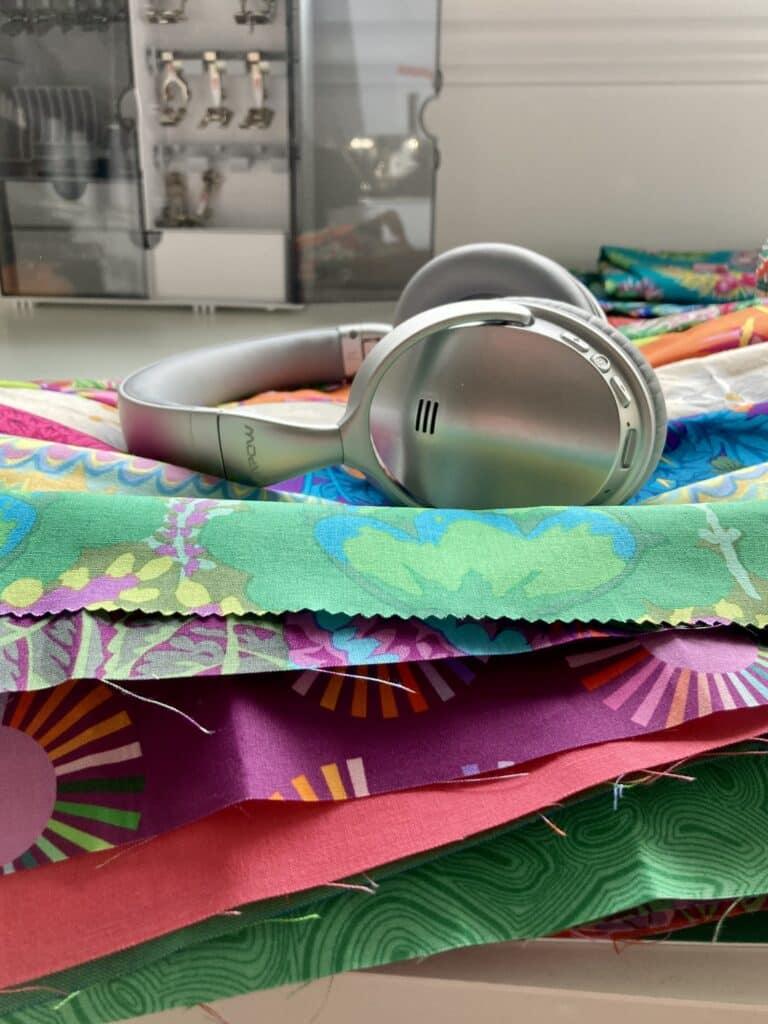 I’ve decided to buckle down and try to get my king size quilt done this year. (I started in January and I have just over half the blocks in progress; wish me luck.) Piecing it all is just long stretches of mindless sewing, so–in the spirit of Hot Regressive Girl Summer–I’ve been listening to the music of my youth: string quartets.
I’ve decided to buckle down and try to get my king size quilt done this year. (I started in January and I have just over half the blocks in progress; wish me luck.) Piecing it all is just long stretches of mindless sewing, so–in the spirit of Hot Regressive Girl Summer–I’ve been listening to the music of my youth: string quartets.
I spent all of my teens being a classical violinist and listening to CDs of classical violinists. But I hadn’t given my favorites a really concentrated listen in decades–and they’re sublime. It’s like they’re…classics…or something.
I could only listen to Schubert’s Cello Quintet for the rest of the decade and be content, I think. It’s like cloud shadows passing over plains and mountains, just glorious:
And Beethoven’s late quartets dovetail with being about to start college and finding Mark Doty and the late summer weather patterns we’re having now:
I have hundreds of hours of sewing ahead of me, so I’m looking forward to giving all my favorites a re-listen. Brahms is next!